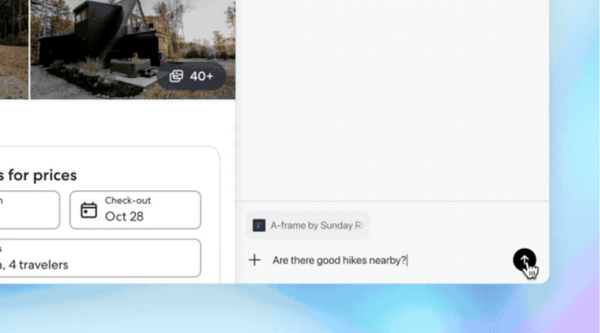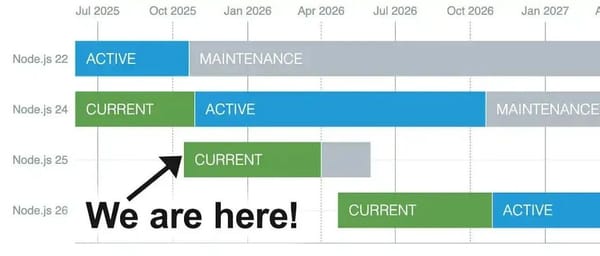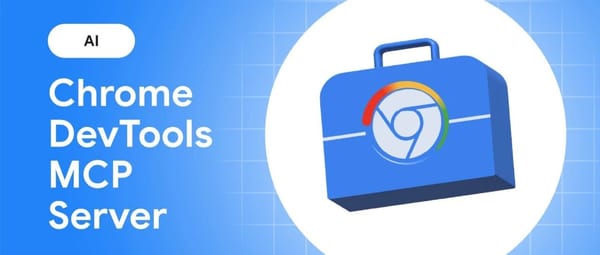# The PDI Model: Driving Enterprise Digital–Intelligent Transformation
**Date**: 2025-10-21 22:36 Beijing




---
**Source** | Adapted from the book published by Renmin University of China Press
*Winning the Business War: The PDI Model Empowering Enterprise Digital–Intelligent Transformation* by Lu Min
**Deep Read No. 9235** — **8326 words | 21 minutes reading time**
---
## Why Digital–Intelligent Transformation Fails
When speaking with executives in both traditional and internet companies, one question comes up repeatedly:
> *“Why doesn’t our digital–intelligent transformation work? We spend money on technology but see no business change, or we pursue ‘intelligence’ without clarifying our core business logic.”*
This reflects two realities:
- **Transformation is necessary**: In a hyper-competitive market, failing to transform means risking elimination.
- **Approach is flawed**: Many treat transformation as a tech project — buying systems, amassing data, or copying tools without linking them to core business management.
**Key insight**: Transformation is a means, not an end. The true goal is to **win the business war**.
---
## Technology Alone Is Not Enough
Successful transformation hinges less on having advanced tools than on having a **methodology that connects professional management, digital implementation, and intelligent applications**.
Think of building a house:
- **Professionalization** = foundation.
- **Digitalization** = reinforced concrete.
- **Intelligence** = architecture/design.
Without one, the structure fails or remains hollow.
---
## The PDI Model Overview
The **PDI enterprise operating model** systematically integrates:
1. **Professionalization** — cement the foundation.
2. **Digitalization** — connect the chain.
3. **Intelligence** — boost efficiency.
These are **progressive and mutually supportive**, not isolated stages.
---
## 1. Core Logic: Business Is the Root, Digital–Intelligence the Wings
Many failures come from detaching “digital–intelligence” from “business.”
**PDI Core Roles:**
- **P — Professionalization**: Define and strengthen operating logic.
- **D — Digitalization**: Provide infrastructure and data flow.
- **I — Intelligence**: Optimize efficiency and decision-making.
**Business essence**: Create value for customers, shareholders, employees, and society.
**Digital–intelligence’s role**: Make value creation more **efficient**, **precise**, and **sustainable**.
Before digitalizing, ask:
1. By what logic will value be created?
2. How will each value-chain link be executed?
3. How will you eliminate blind operational spots?
---
## 2. Professionalized Operations — Five Pillars
Professionalization delivers **systematic, implementable, and replicable** operations.
### Five Pillars
1. **Main Hall** — Top-level design & planning.
2. **Corridor Within** — Value-chain analysis & reconstruction.
3. **Kitchen** — Precision execution & closed loops.
4. **Distant Horizon** — Innovation processes.
5. **Talent Development** — Building the pipeline.
---
### Pillar 1. Main Hall — Seven Steps to Strategic Clarity
Top-level design isn’t vague goals — it’s structured logic in under 10 slides.
**Seven Steps:**
1. **Set clear business goals** (not just management or process goals).
2. **Find the right direction** — identify blind spots and align with trends.
3. **Address customer pain points** first.
4. **Identify opportunities** that flow from pain points.
5. **Define the business model** precisely.
6. **Build competitive barriers** that are hard to copy.
7. **Create layered value** — customer → business → industry → social.

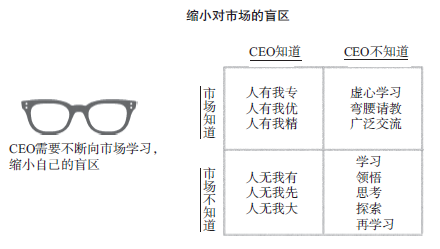
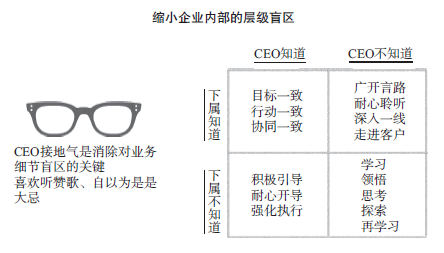
---
### Pillar 2. Corridor Within — Value Chain as Growth Engine
The value chain is not a static flowchart; it’s the **core pathway for generating value**.
Methodology: **First Principles + Segmented Reconstruction**.
**Break Down**: From final value backward into granular, actionable data points.
**Reconstruct**: Four modes:
1. Forward extension — add pre-chain steps (e.g., online lead gen before in-person visits).
2. Backward extension — add post-chain steps (e.g., customer referral after sale).
3. Mid-chain optimization — improve bottleneck stages (e.g., flexible production).
4. Reordering — change process sequence for breakthrough models.
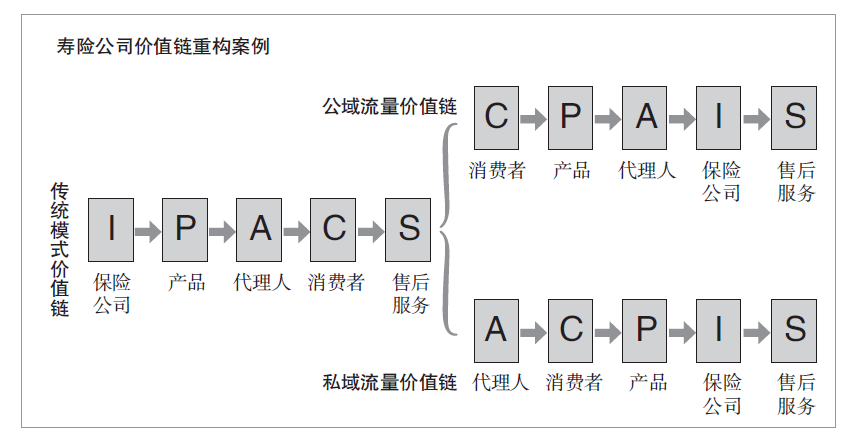
---
### Pillar 3. Kitchen — Execution Through PDCPRS Loops
Execution issues often stem from **lack of closed loops**.
**PDCPRS cycle**:
- **Plan** — break results into process goals.
- **Do** — combine standard “must-do” actions with flexible “can-do” actions.
- **Check & Precaution** — real-time monitoring and early warnings.
- **Root cause & Solution** — dig beyond surface problems; replicate best practices.
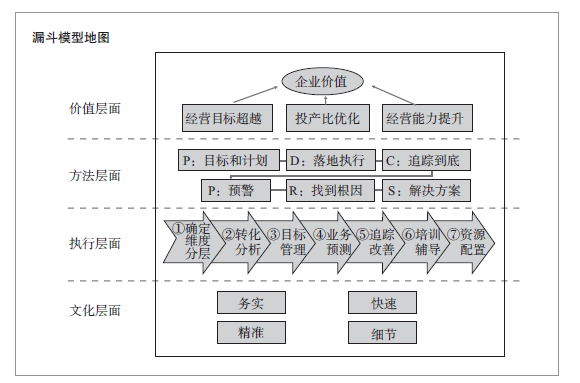
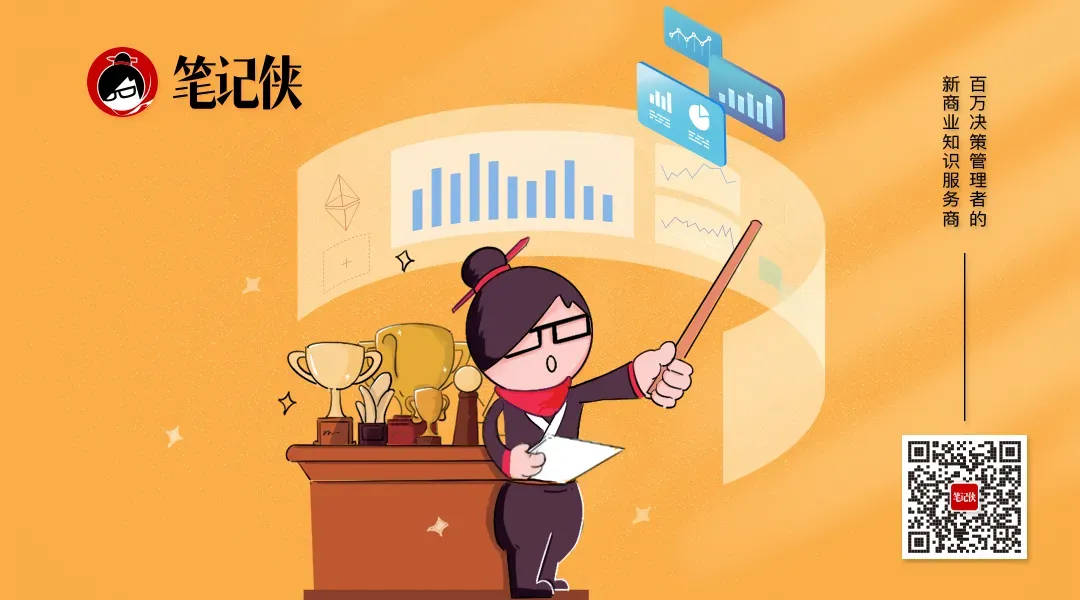
---
### Pillar 4. Distant Horizon — Systematic Innovation
Two innovation paths:
1. **Exploration (“no man’s land”)** — new ideas, small-scale trials, scaling successful pilots.
2. **Imitation & optimization** — adapt proven models with differentiation.
**PMO Mechanism** ensures cross-departmental collaboration, from clear objectives to dynamic tracking and evaluation.
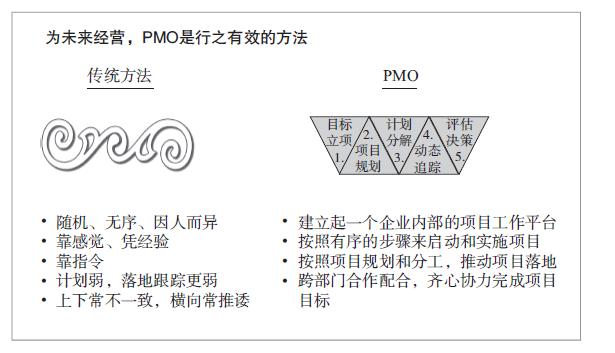
---
### Pillar 5. Talent Development — Four Core Capabilities
Selecting and growing talent requires four capabilities:
1. **Inner drive** — self-motivated growth.
2. **Learning ability** — absorb and apply new knowledge.
3. **Thinking ability** — structured problem analysis.
4. **Action ability** — deliver and organize execution.
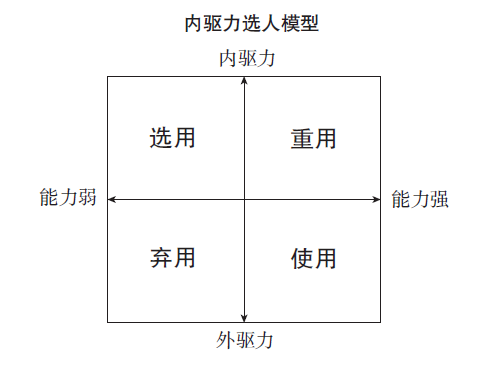
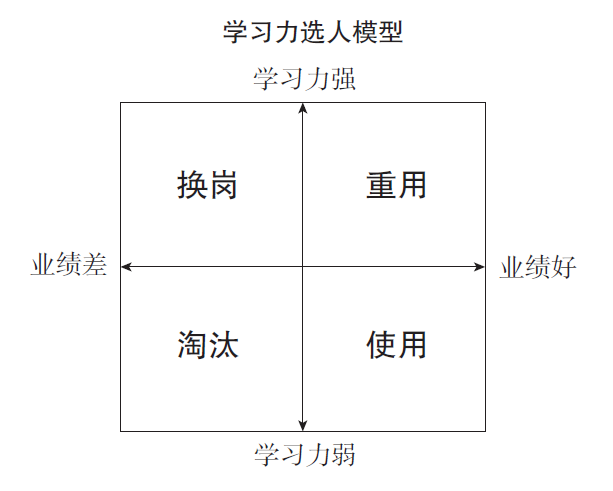
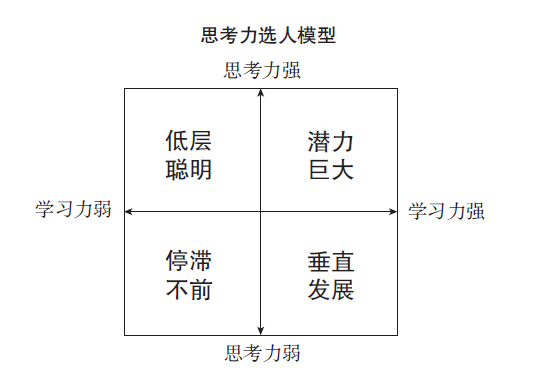
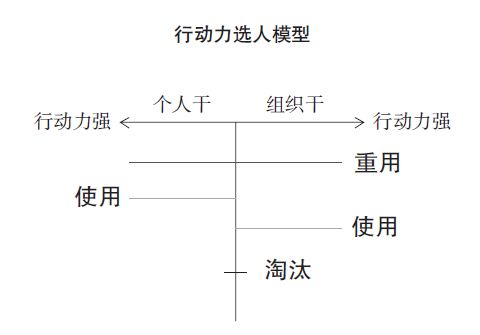
**Development Strategy**: Combine **vertical depth** (expertise) with **horizontal breadth** (cross-disciplinary skills) to produce T-shaped and π-shaped professionals.
---
## 3. Digital Operations — Turning Professional Logic into Data Flows
Digitalization carries professional logic into measurable processes.
### Step 1. Data Integration — “Five Connections and One Platform”
- **Data Connection**
- **Standards Connection**
- **Flow Connection**
- **Responsibility Connection**
- **Goal Connection**
- **Unified Platform**
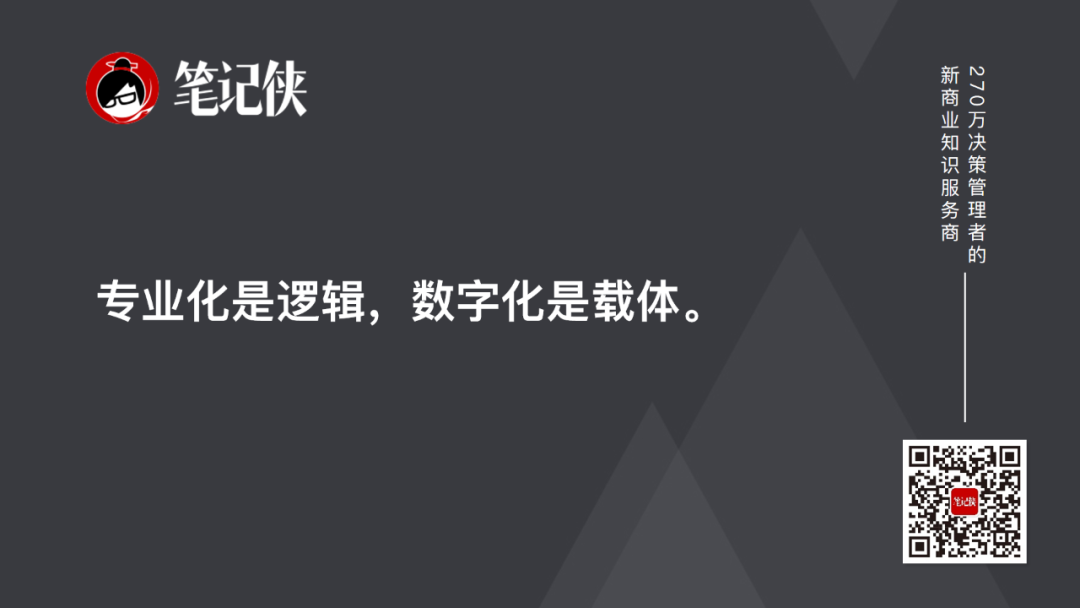
---
### Step 2. Business Modeling — Funnel Charts
Transform the value chain into data-driven funnels:
- Absolute values at each stage.
- Conversion rates between stages.
- Identify bottlenecks, replicate success.
---
### Step 3. Minimum Business Model (MBM)
Define the smallest replicable operating unit. Map, analyze, establish best practices, and replicate.
---
## 4. Implementation Path — Step-by-Step, Stage-Specific
**Startup**: Focus on Professionalization.
**Growth**: Emphasize Digitalization.
**Mature**: Build Intelligence systems.
Transformation should be **iterative** — each step with clear methodology serving value creation.
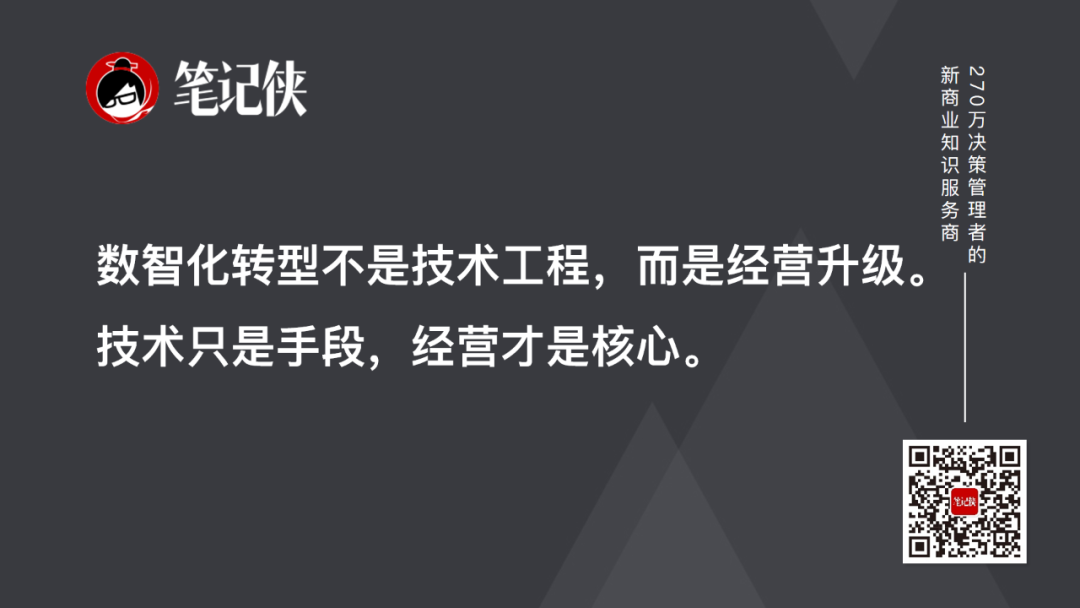
---
## Closing Notes
The PDI model is about **business-first transformation**:
- **Professionalization** — clarify logic.
- **Digitalization** — improve efficiency.
- **Intelligentization** — break bottlenecks.
Avoid chasing “flashy tech” without grounding in business reality.
For deeper case studies, see *Winning the Business War*.
Examples: Autohome’s transformation, Ping An Life’s reform, funnel chart design, PMO practices, talent interviews, and data integration steps.
---
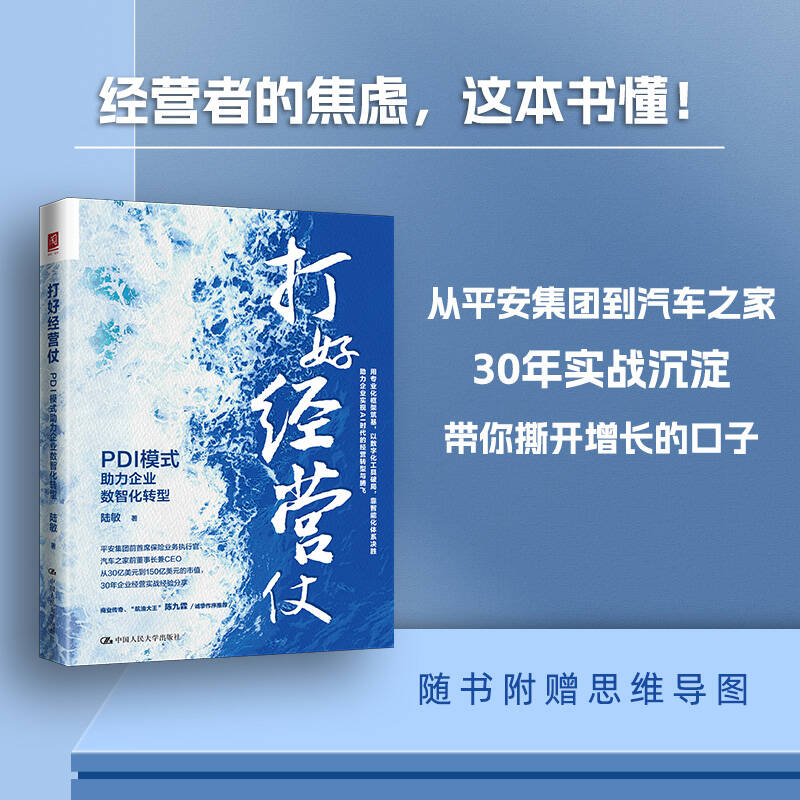

**Bullet Notes** — Workplace efficiency, interpersonal relationships, high-potential growth.
---
### Recommended Reads
- [AI Organizations: The Underlying Logic of How We Work Has Changed](https://mp.weixin.qq.com/s?__biz=MzIxNTAzNzU0Ng==&mid=2654896488&idx=1&sn=426ac31a5330baf8adb4d4fc82210387&scene=21#wechat_redirect)
- [A Person's True Strength Lies Within](https://mp.weixin.qq.com/s?__biz=MzIxNTAzNzU0Ng==&mid=2654897588&idx=1&sn=24c57bc6a386e196f32691535ec3d2dd&scene=21#wechat_redirect)
---
[Read the Original](2654898167)
[Open in WeChat](https://wechat2rss.bestblogs.dev/link-proxy/?k=7e5a1637&r=1&u=https%3A%2F%2Fmp.weixin.qq.com%2Fs%3F__biz%3DMzIxNTAzNzU0Ng%3D%3D%26mid%3D2654898167%26idx%3D2%26sn%3D00657de6ba1bdcc7a029cd7184b87bcd)
---


